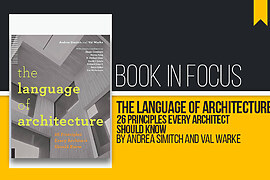Back in the early man time, when humans were hunters and gatherers, they lived in tandem with nature. As a race, when development occurred, the connection between man and mother nature started to diminish. The exploitation of the natural elements begun, and the knowledge of living with nature died along with passing generations. As a result, nature retaliates by natural calamities, and all that humans could do is damage control. One such example of repeated natural calamity hitting an area is the Pensacola Beach area. Hurricanes hit that region constantly and cause widespread chaos and loss of property. The cycle of destruction has been going on for decades and people in the region rebuild their lives in the wake of the disaster.
“What is home? My favourite definition is “a safe place.” – Gladys Hunt.
The definition of a home by Hunt couldn’t have been more precise. But for the residents of Pensacola beach, it was a dream they yearned that would turn into reality someday. Mark Stiegler strived to make it come true and achieved it in the early 2000s. He built monolithic domes on the Pensacola beach that was hurricane resistant and served as a safe haven to his family.
TEDx mission- City 2.0 | Monolithic domes
Friends Botkin Dante and Mark Stiegler started to develop prototypes of monolithic shell buildings that were resistant towards hurricanes and earthquakes after their success streak in the Pensacola beach region. Dante spoke in detail about the process that Mr.Stiegler followed and the considerations that we took while developing the idea of a hurricane-resistant home.
Dante explains that the seed of the idea was sown, immediately after hurricane Ivan, which caused mass destruction, and all the beach houses were damaged beyond recognition. Every time a hurricane hit (a frequent occurrence), the buildings and the lives of the people were devastated. Unable to accept the grim reality Mark Stiegler who had lost his house twice to the hurricanes, decided to do something that could help him turn the situation around. His solution was a monolithic dome structure.
Hailing from a non-architectural background, Stiegler enlisted the help of Jonathan Zimmerman, a local architect, and the designer Robert Bissett. to help him realise his concept. Being the son of a dental lab businessman, Stiegler had a fair bit of idea about the construction of teeth. The knowledge came in handy during the design stage of his home. FEMA was granting relief funds to the people for rebuilding their homes every time a hurricane hit the area. Mark Stiegler and his wife Valarie decided to take the grant money and put it to good use. The story of a hurricane-resistant building began the moment Mark chose to not be in a situation of asking FEMA for grants again.
Dante begins his presentation by talking about his and Mark’s story and proceeds to explain the situation due to which the idea of monolithic shell structure was conceived. He explains that the building had a focussed set of requirements that were aimed at being achieved. These constraints revolved around building a house that would be watertight and can combat the high wind velocities in the region, sustainable options that could be easily recreated, easy maintenance, and durability and longevity of the structure. The fun fact is that Mark wanted to build a house that would last for seven generations, around 150 years, to be precise. With the help of technology and advancement in material science, such a monolithic shell structure was developed with concrete and cutting edge materials to enhance the aesthetics. The building aesthetic was similar and looked like it came out of the “Hobbit” movie, pleasing the design sensibility of the Stiegler couple.
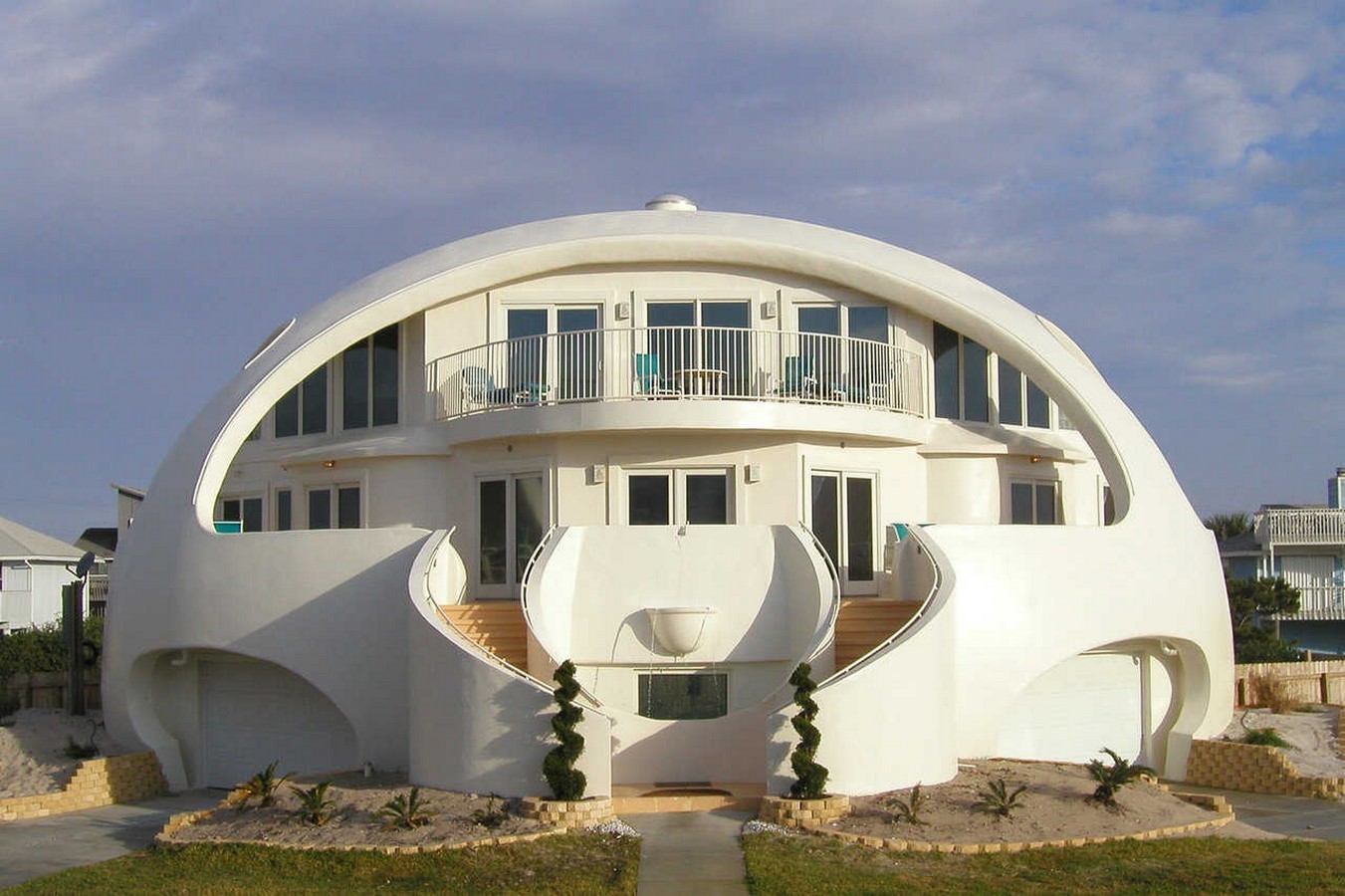
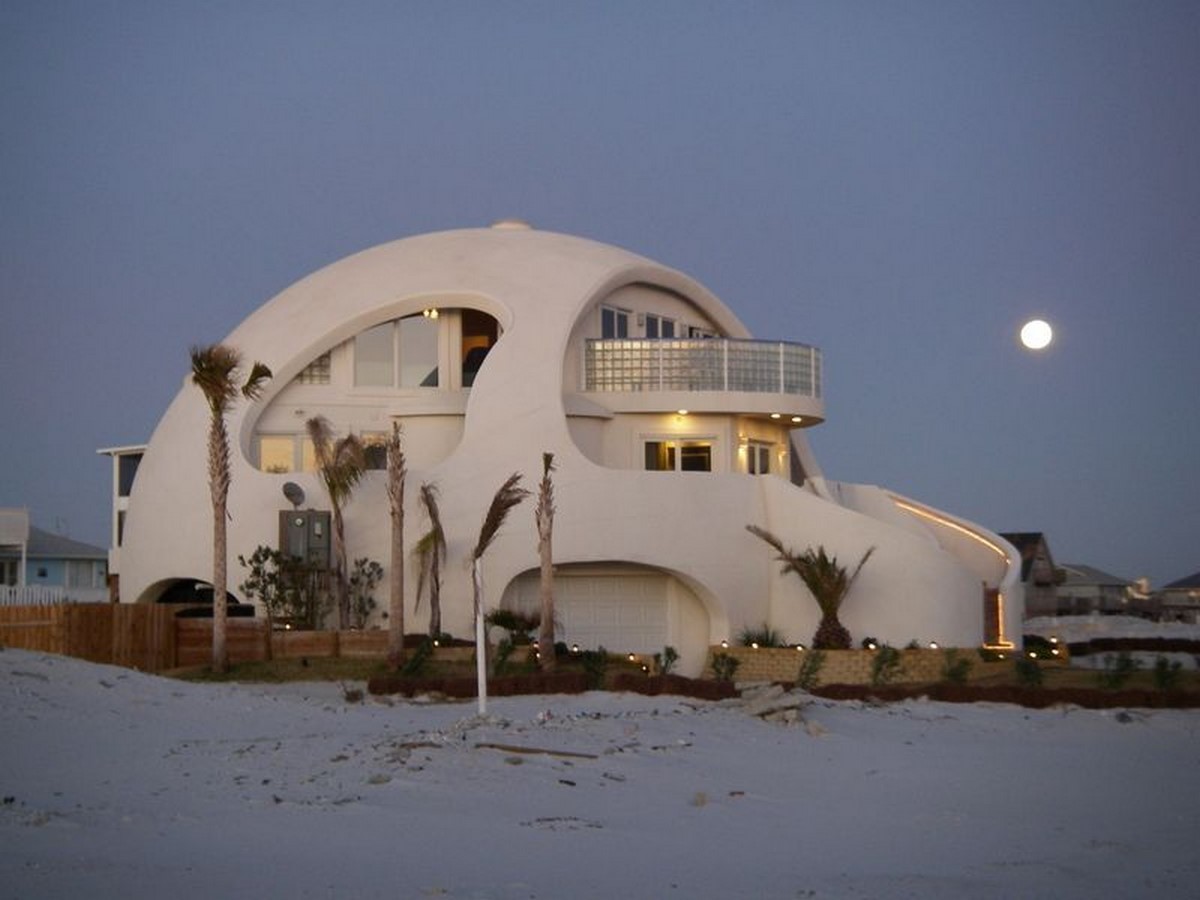
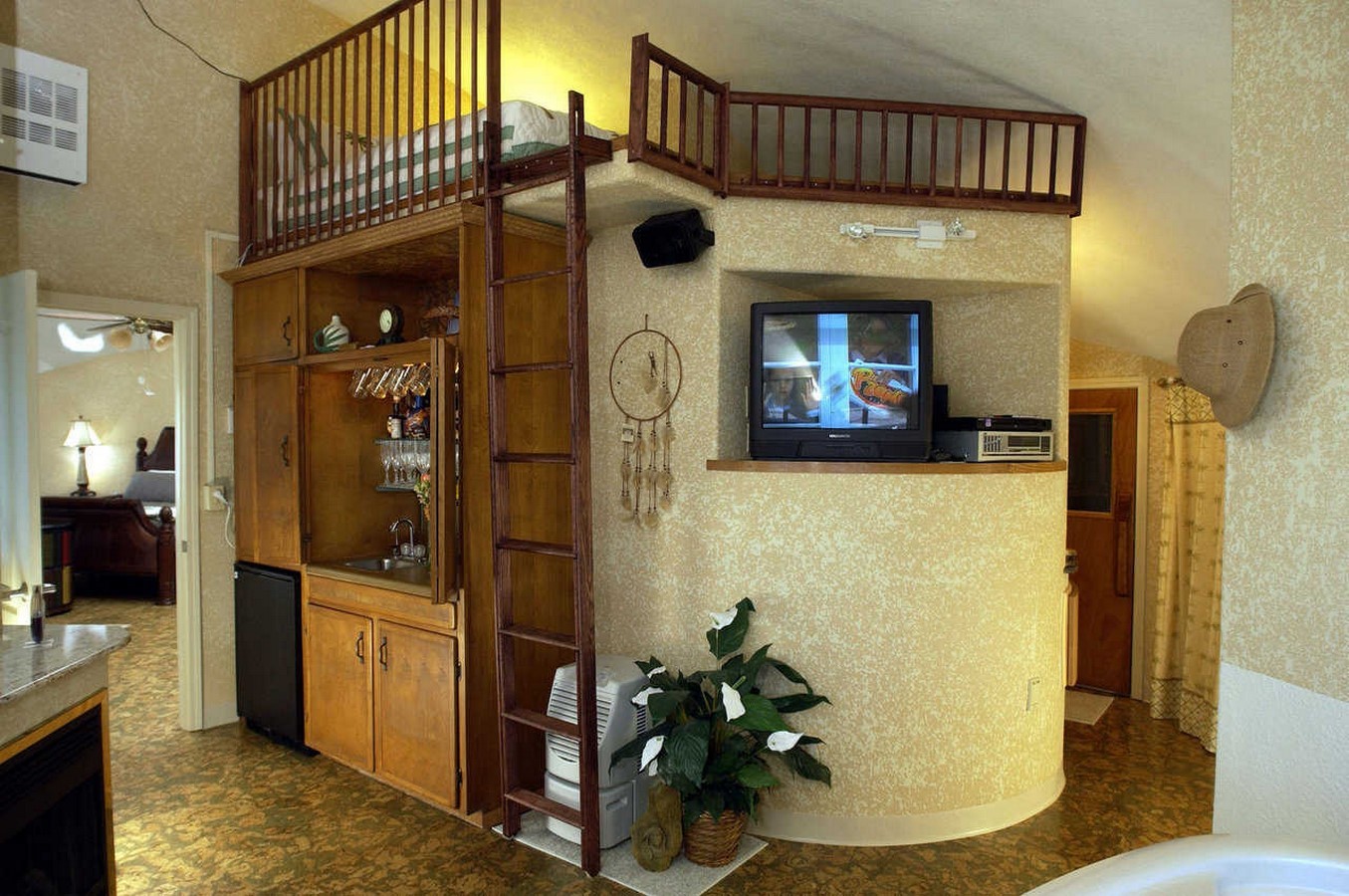
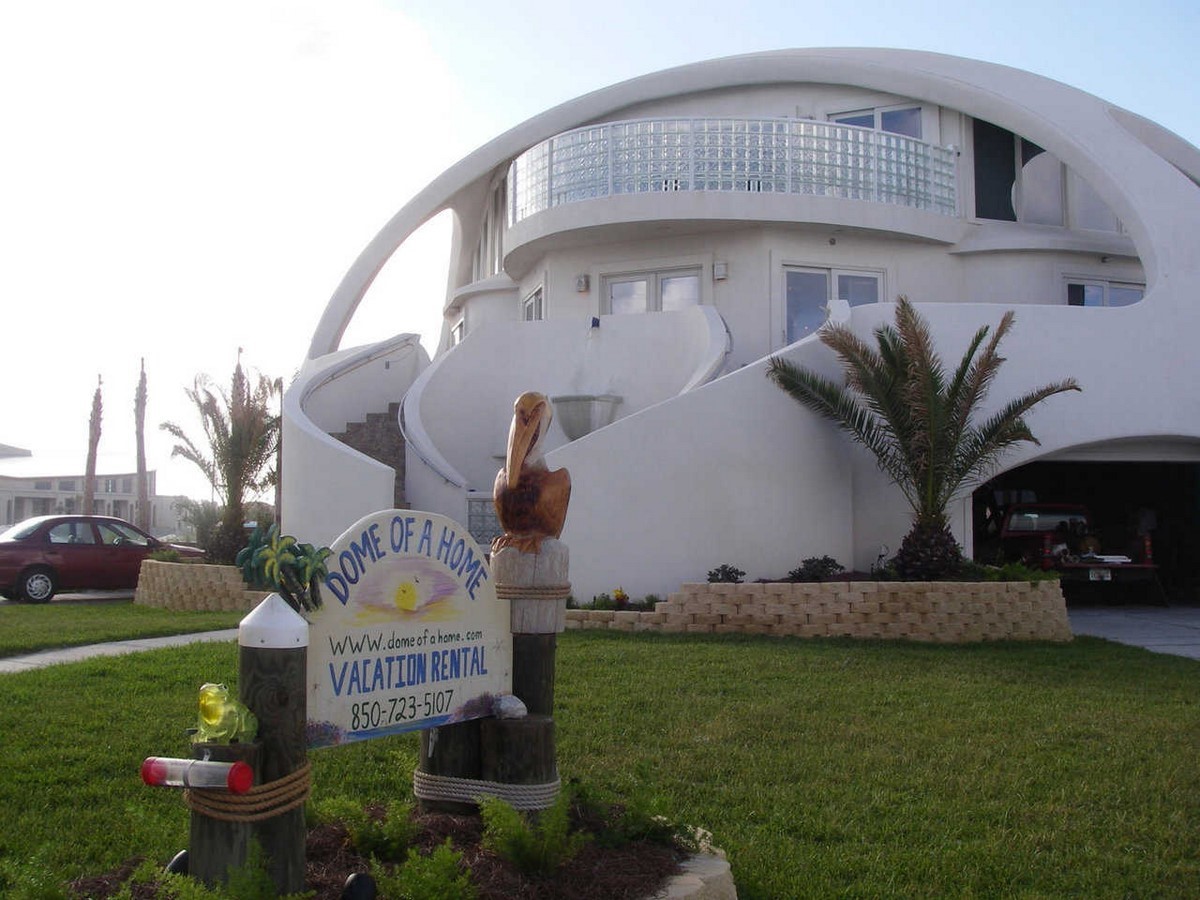
Post the completion the project gained a lot of attention due to its unique form and the revelation that it could combat hurricanes. The media attention showered on it was clearly explained, and the astonishment of the people at the fact that the house stood unaffected during hurricane Katrina was emphasised.
Post success of the project, a large population of people was interested in building a similar shell structure, but it was quickly dropped due to the death of the project architect Jonathan Zimmerman. Mark Stiegler got in touch with his architect friend Botkin Dante, and the two of them set out to form a company that would design shell structures for people. They have designed buildings that served as versatile building typology.
The aero and hydrodynamic shell envisioned by Mark Stiegler was re-interpreted, and complex design iterations were done for various clients. They began to design for seismic zones as well, and custom layouts were evolved for each typology. They did an in-depth analysis and identified the constraints and challenges that a shell structure posed, and worked out a sustainable solution.
The TedX presentation was all about these shell structures that followed biomimicry. The intent behind the evolution of the concept was very well explained, and Dante set the stage for the rest of the presentation. The idea evolved from a smooth surfaced dome that resisted the physical environment to a beautiful home that could have been more intensive. The technical details of the project were not given as much time in the presentation. An insight into the works of the Dante and Stiegler collaboration was illustrated, and much-needed light was thrown on their design ideology and process. Overall the presentation could serve as an introductory course for a person interested in shell structure and disaster-resistant architecture. For a general viewer, it demonstrates that “where there is a will, there is a way.”















